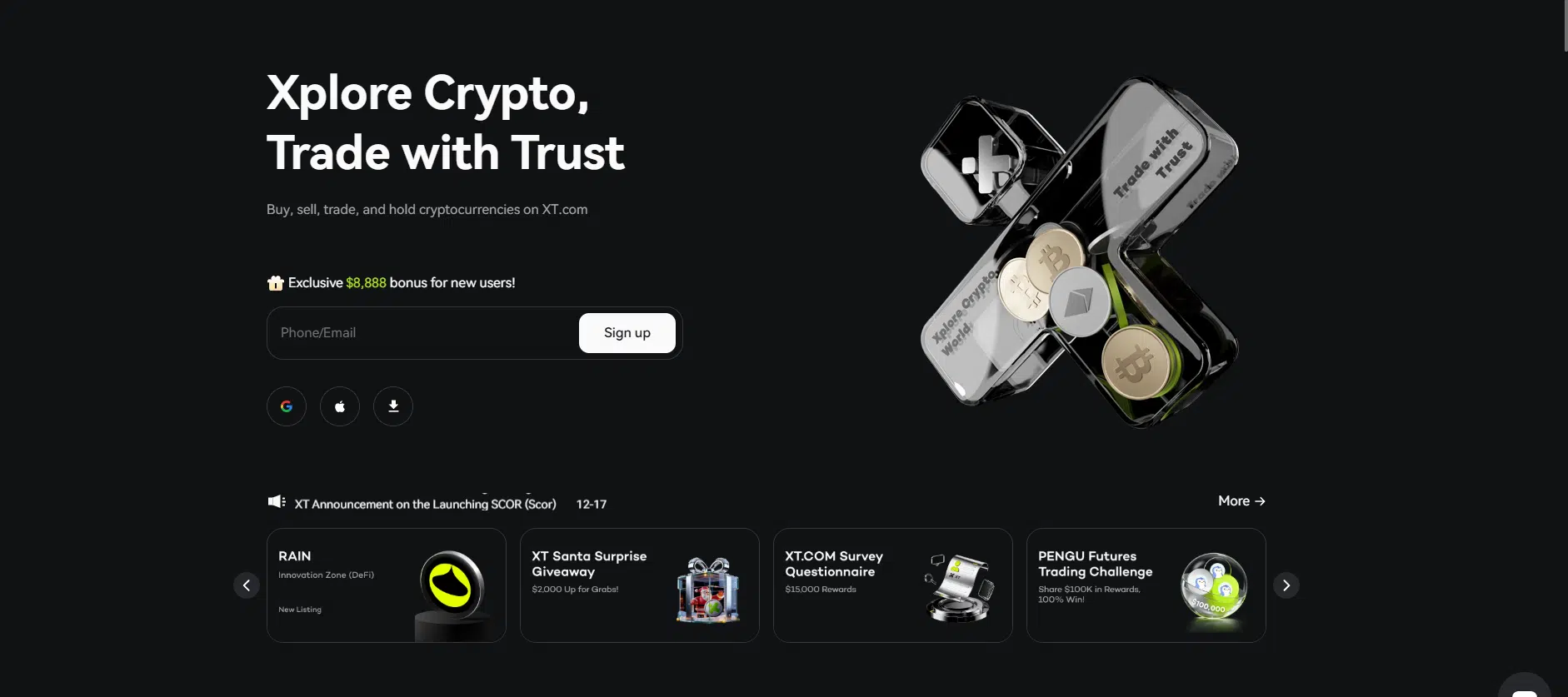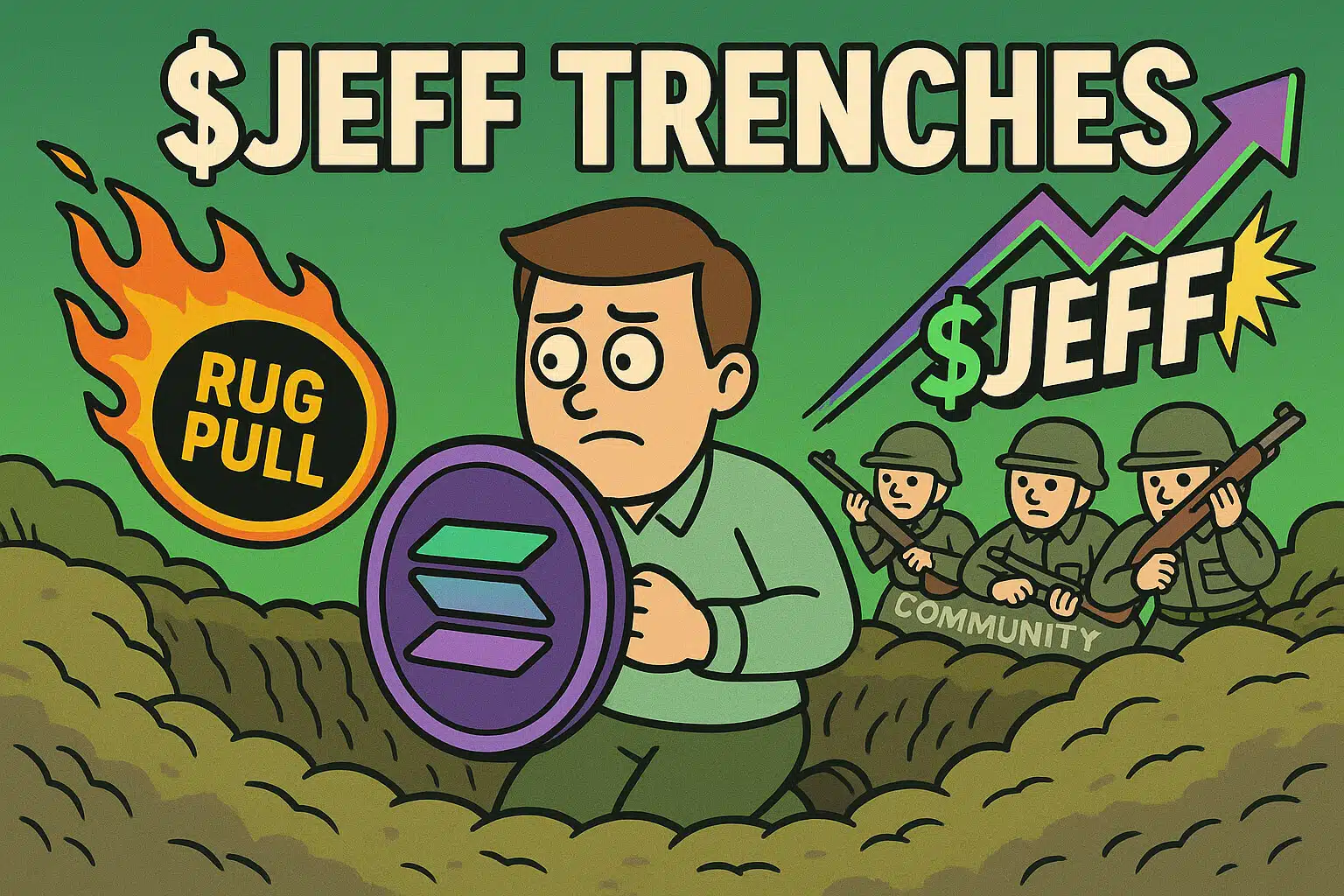As the blockchain ecosystem grows increasingly complex, with multiple chains operating independently, the need for cross-chain governance is becoming essential. Cross-chain projects that operate on more than one blockchain, like Polkadot, Cosmos, and Chainlink, are pioneering a decentralized governance model that spans multiple networks. To facilitate this, these projects often use airdrop campaigns to distribute governance tokens and encourage user participation in decision-making across chains. In this article, we’ll examine how airdrops are driving engagement in cross-chain governance, the challenges involved, and the long-term impact on blockchain ecosystems.
1. Understanding Cross-Chain Governance and Its Importance
Cross-chain governance refers to a governance model that allows users to participate in decision-making processes across different blockchains. This type of governance is essential for projects that operate on multiple blockchains or aim to create interoperable blockchain ecosystems. Through cross-chain governance, users can vote on protocol changes, decide on network upgrades, and influence project directions across several blockchains.
For instance, projects like Polkadot and Cosmos are built to enable interoperability between different chains, allowing assets and data to move freely across networks. To govern such a complex ecosystem, it’s crucial to have participants from multiple chains involved in governance. This is where airdrop campaigns come in as an effective tool for incentivizing users from various chains to participate in governance.
2. How Airdrops Promote Cross-Chain Governance
Airdrops play a pivotal role in encouraging users to take part in cross-chain governance by distributing governance tokens directly to users across multiple chains. By targeting users on different blockchains, projects ensure a decentralized and diverse governance body. Here’s how airdrops drive governance participation in cross-chain projects:
2.1 Expanding Governance Token Distribution
One of the main challenges in cross-chain governance is ensuring that governance tokens are widely and evenly distributed across users of different blockchains. Airdrops help address this issue by delivering tokens directly to users on various networks. For example, the Cosmos Hub has distributed ATOM tokens to incentivize users to engage in its cross-chain ecosystem, making it easier for participants from multiple blockchains to join governance activities.
By airdropping governance tokens to users on different chains, projects like Cosmos promote a more inclusive and representative governance system. This approach prevents token concentration in a single blockchain community and ensures that users from all networks within the ecosystem have a say in governance.
2.2 Encouraging Cross-Chain Participation
Airdrops also help in motivating users to explore new blockchains and become active participants in the governance of cross-chain projects. When users receive governance tokens via airdrops, they’re more likely to engage with the project’s governance mechanism, even if they aren’t initially familiar with the cross-chain ecosystem. For example, a user on Ethereum who receives governance tokens for a project that operates on both Ethereum and Polkadot may be incentivized to participate in governance votes across both chains.
This approach broadens the base of engaged users and encourages them to participate in governance decisions across networks. It’s an effective way to bridge communities from different blockchains, creating a more interconnected and cooperative environment.
3. Benefits of Using Airdrops for Cross-Chain Governance
There are several distinct advantages to using airdrops to promote governance in cross-chain projects:
- Decentralized Decision-Making: Airdrops promote decentralization by distributing governance tokens across various blockchain users, preventing governance power from becoming centralized in one network.
- Community Engagement: Airdrops reward early adopters and active users, making them feel valued. This sense of ownership encourages recipients to actively participate in governance.
- Cross-Chain Interoperability: Airdrop campaigns that distribute tokens across multiple blockchains encourage users to become familiar with cross-chain protocols, thus fostering interoperability between networks.
- Enhanced Security and Stability: By involving participants from multiple chains, airdrops enhance the resilience of governance. With multiple communities engaged, governance decisions are less likely to be dominated by a single group, which promotes balanced decision-making.

4. Case Studies: Successful Cross-Chain Governance Airdrops
Several projects have successfully leveraged airdrops to promote cross-chain governance. Let’s look at a few examples:
4.1 Cosmos (ATOM) Airdrop
Cosmos is a cross-chain project that seeks to create an “internet of blockchains,” allowing different networks to interoperate. Cosmos airdropped ATOM tokens to early adopters across multiple blockchains to encourage participation in its governance. This strategy led to a widely distributed token holder base across several chains, enabling users from various ecosystems to vote on network upgrades and protocol changes. As a result, Cosmos has been able to maintain an engaged, decentralized governance community.
4.2 Polkadot (DOT) and Parachain Projects
Polkadot, a multi-chain ecosystem, has also utilized airdrops to incentivize governance participation in its network. Parachain projects on Polkadot often airdrop tokens to DOT holders, allowing them to participate in governance on both the parachain and Polkadot’s Relay Chain. For instance, the Acala Network conducted an airdrop campaign that distributed ACA tokens to DOT holders, encouraging them to take part in governance decisions across both Polkadot and Acala. This campaign fostered cross-chain engagement and made governance more accessible to users across the Polkadot ecosystem.
5. Challenges in Cross-Chain Governance Airdrops
While airdrops are effective for promoting cross-chain governance, there are challenges involved:
- Token Distribution Complexity: Distributing tokens across multiple chains can be technically challenging, as it requires compatibility with different blockchain networks and wallets. Projects need to ensure that the airdrop process is smooth and that recipients can easily access their tokens.
- Voter Turnout: While airdrops encourage token distribution, they don’t guarantee that recipients will participate in governance. Some users may simply hold or sell their tokens without engaging in governance. Projects may need to implement additional incentives, such as staking rewards for governance participation, to improve voter turnout.
- Security Risks: Cross-chain projects face unique security challenges, especially if they rely on bridges to distribute tokens across networks. Ensuring the security of token transfers and governance voting across chains is critical to avoid potential exploits.
6. The Future of Airdrops in Cross-Chain Governance
As blockchain interoperability becomes more mainstream, the use of airdrops for promoting cross-chain governance will likely grow. Future trends might include:
- Automated Airdrop Systems: With the rise of automated governance protocols, projects may develop automated airdrop systems that distribute governance tokens based on user activity across multiple chains, rewarding active participants in real time.
- Incentive-Based Governance: Projects might introduce rewards for active governance participation, encouraging token holders to engage in voting processes. This could include yield rewards or additional token distributions for those who consistently vote or contribute to governance discussions.
- Governance Token Bridging: Cross-chain bridges will continue to evolve, allowing governance tokens to be easily moved and used across chains. This will streamline cross-chain voting, making it easier for users to participate in governance across various ecosystems.
Conclusion
Cross-chain governance airdrops are proving to be a powerful tool in building decentralized communities across blockchains. By distributing governance tokens across chains, projects can encourage participation, prevent centralization, and foster long-term engagement. As blockchain interoperability evolves, cross-chain airdrops will likely play an essential role in the governance of interconnected blockchain ecosystems.
For more insights and detailed guides on blockchain applications, visit our Blockchain Technology Guides.
Stay Updated
For the latest updates on KYC-free airdrops, crypto trends, and blockchain developments, follow us on:
Stay informed with the latest strategies and insights in the world of cryptocurrency at FreeCoins24.io.
Special Offer
Want to trade tokens from tokenized assets and access exclusive airdrops? Sign up on Bybit today and enjoy up to $30,000 in deposit bonuses! Don’t miss out on a top crypto trading experience.

















